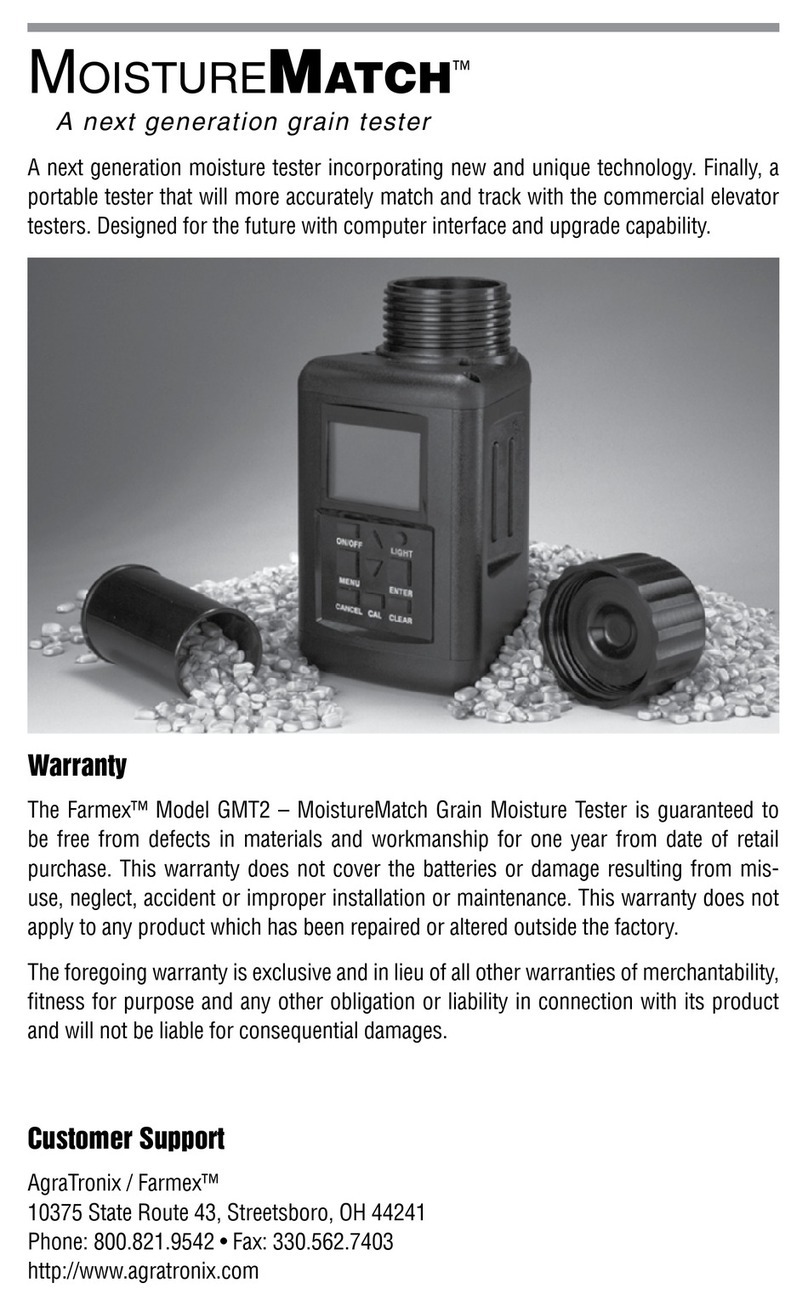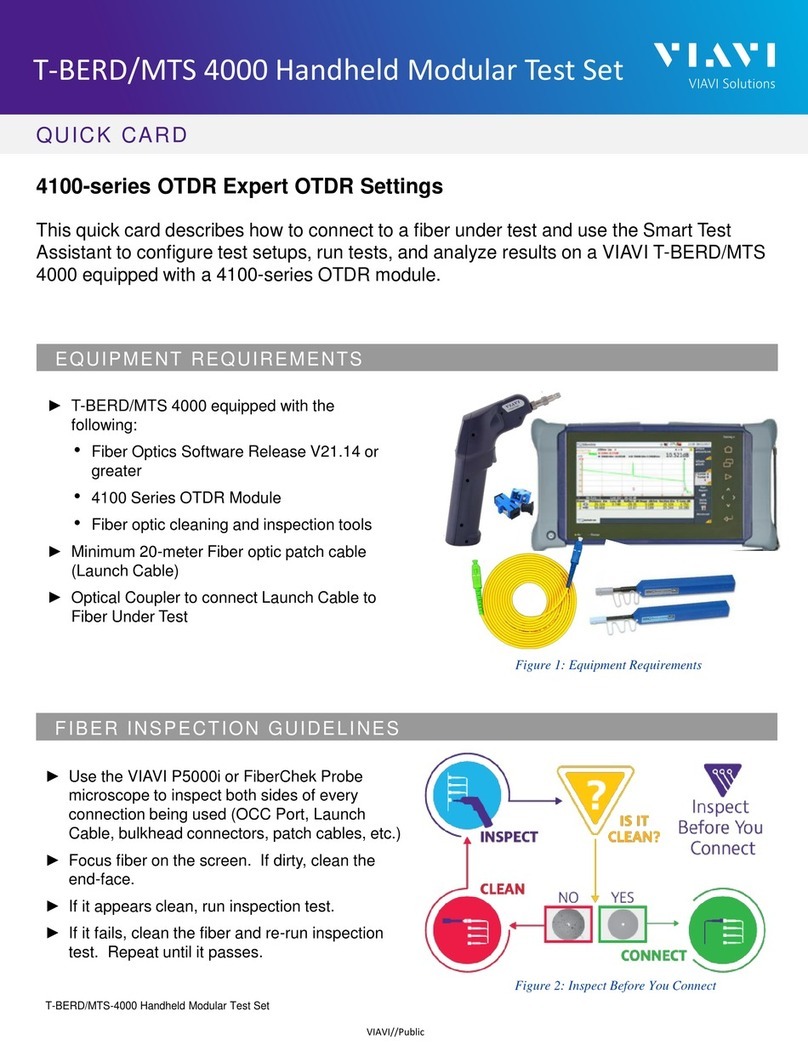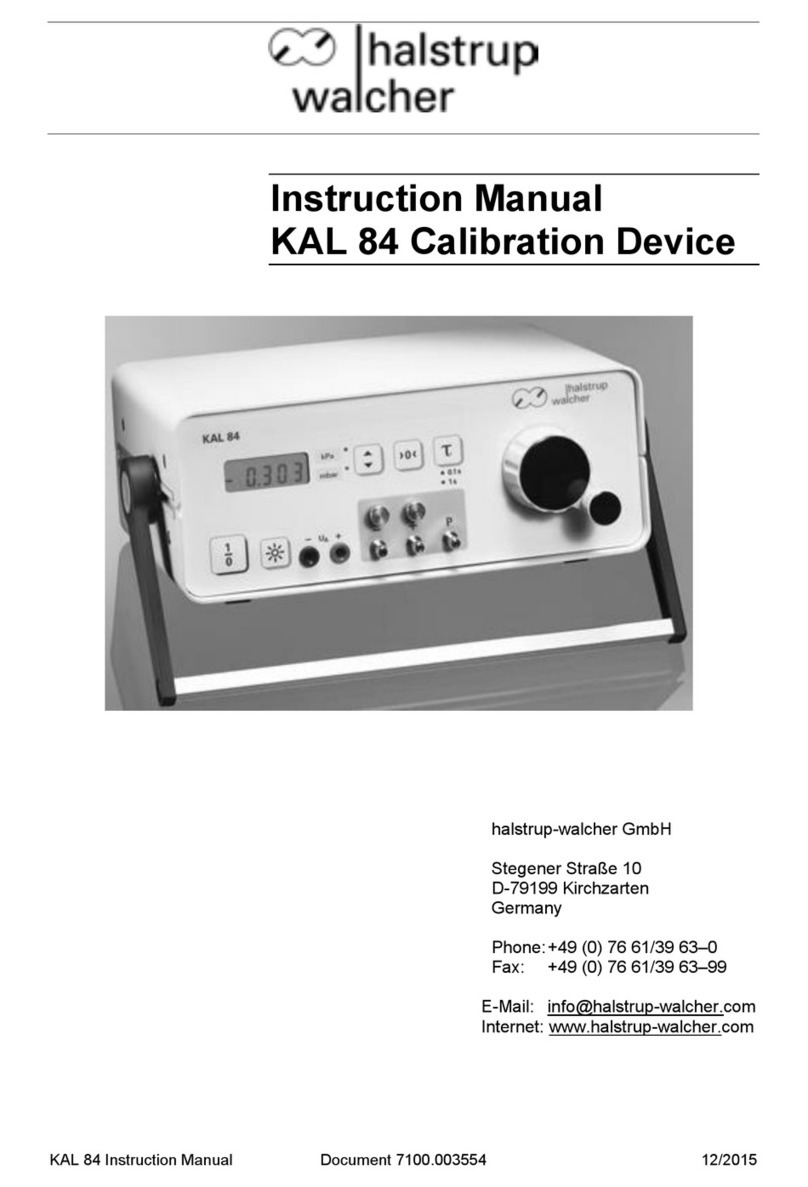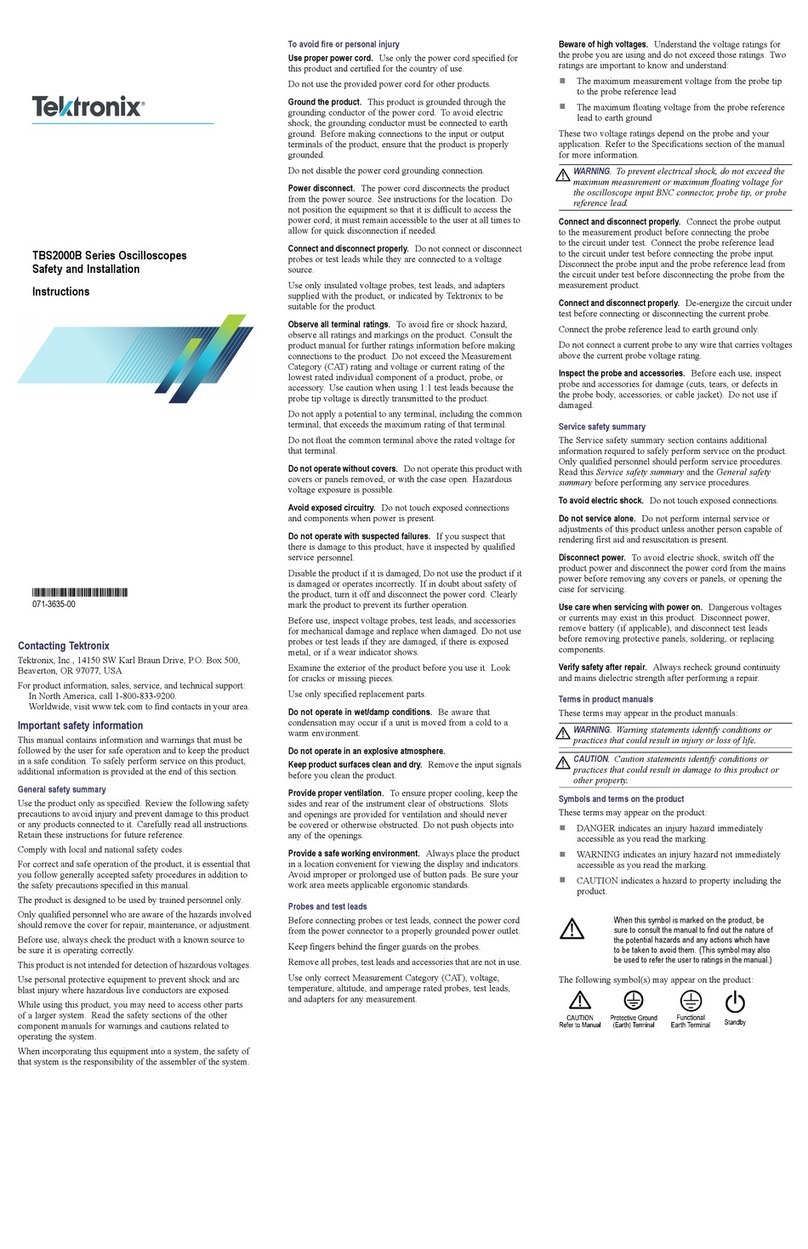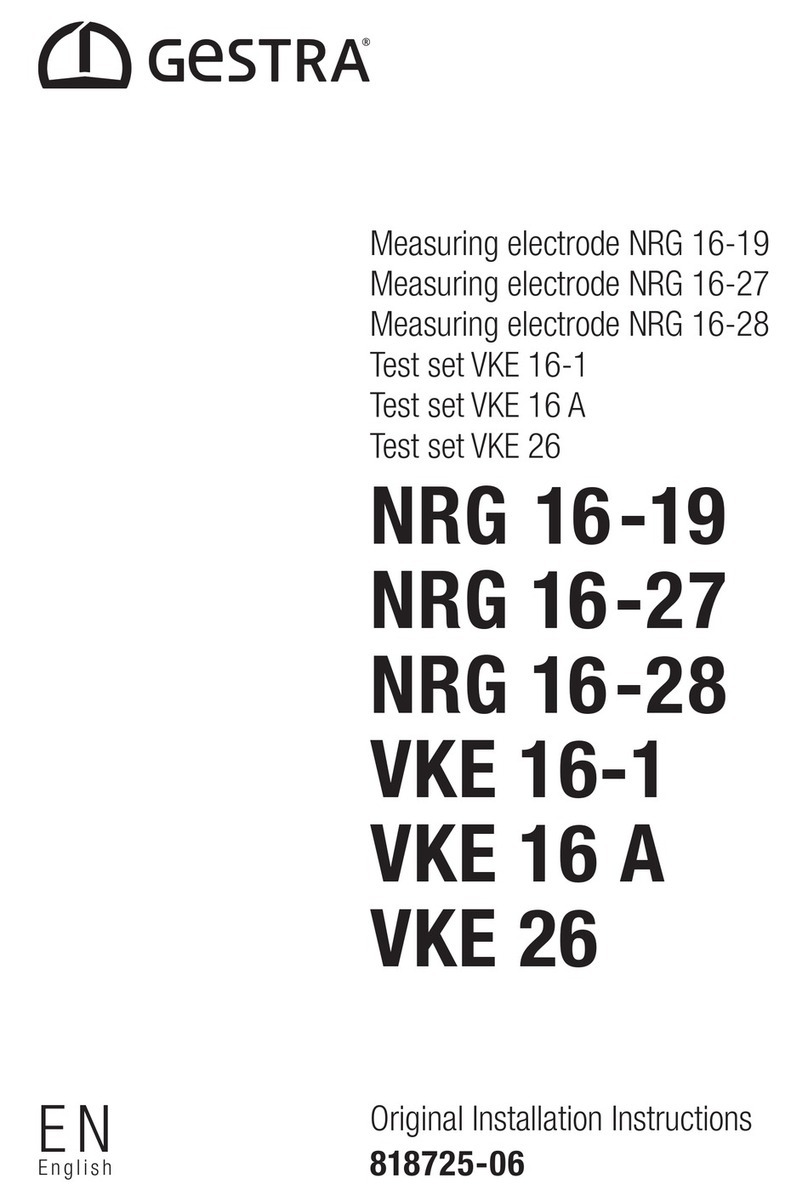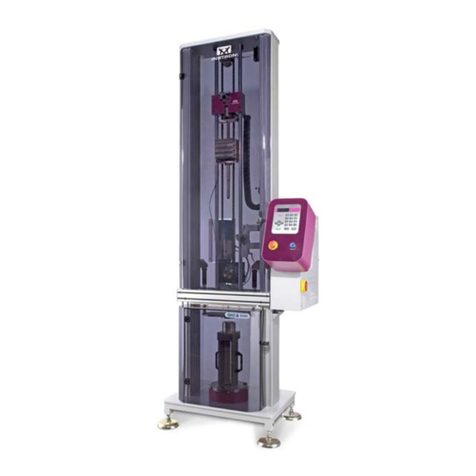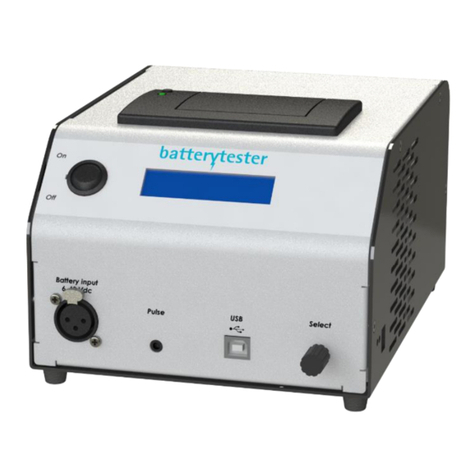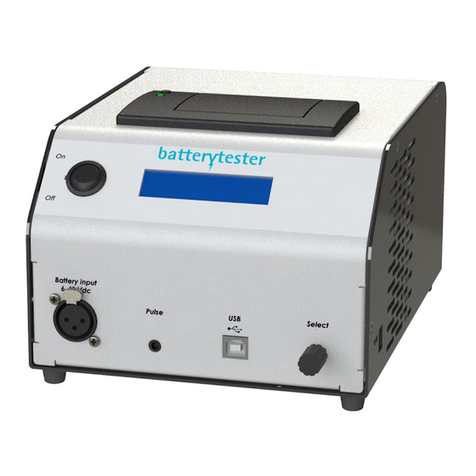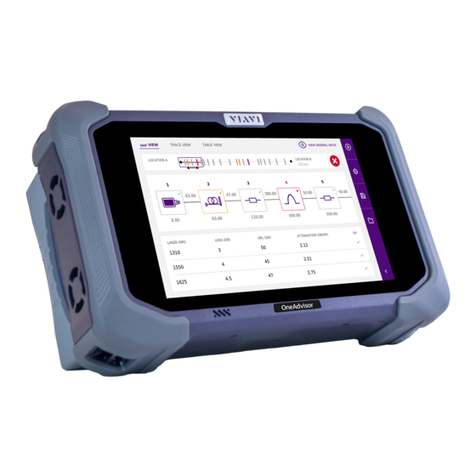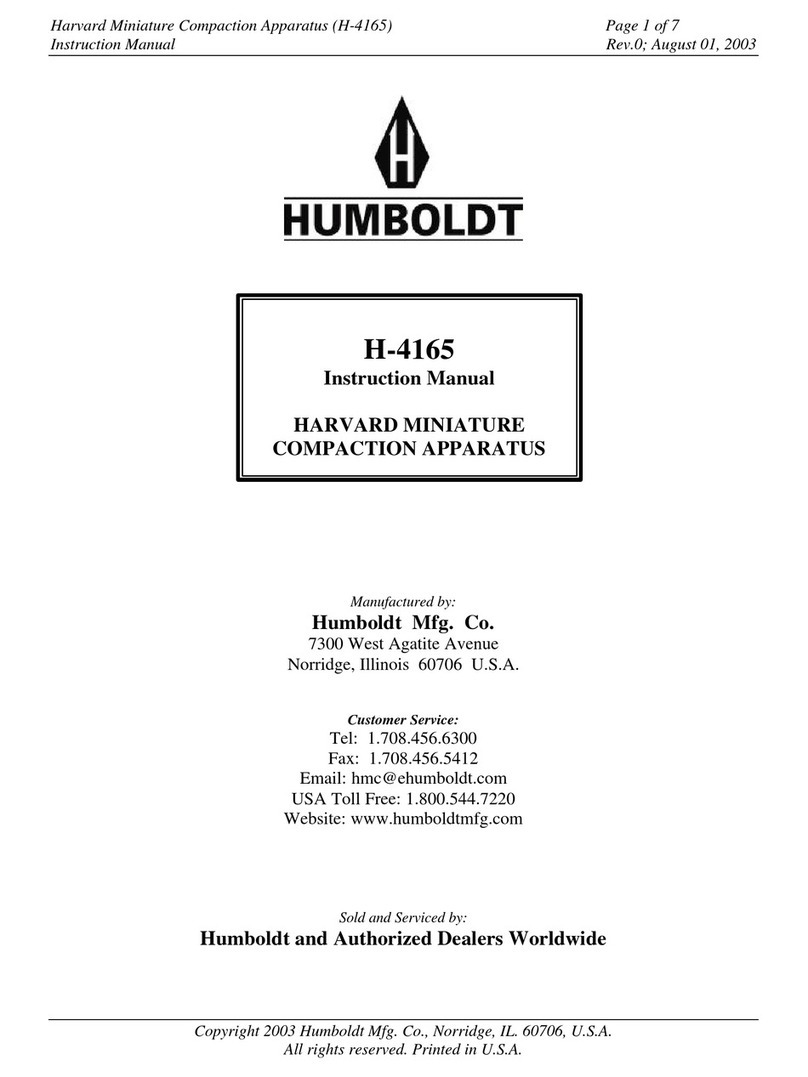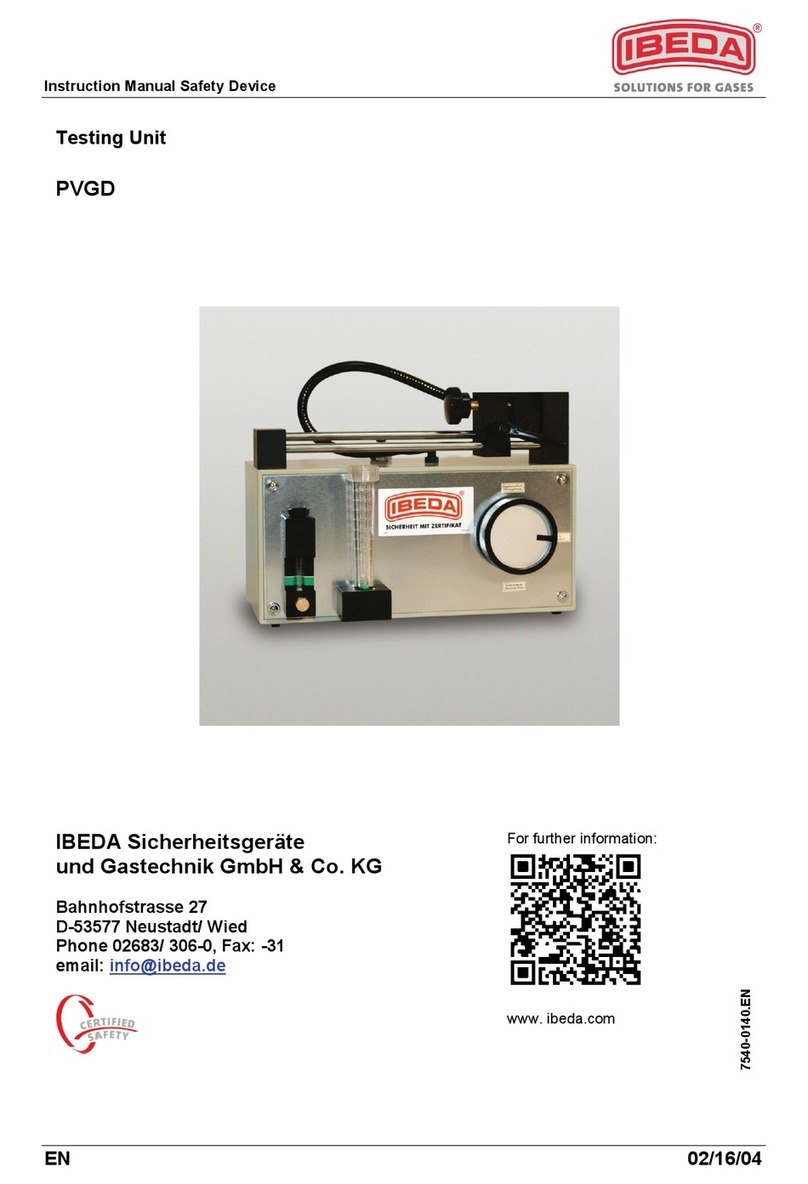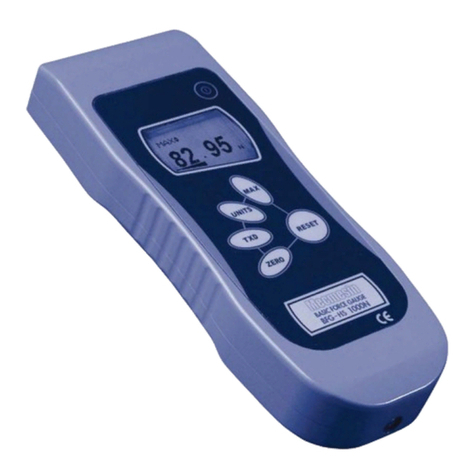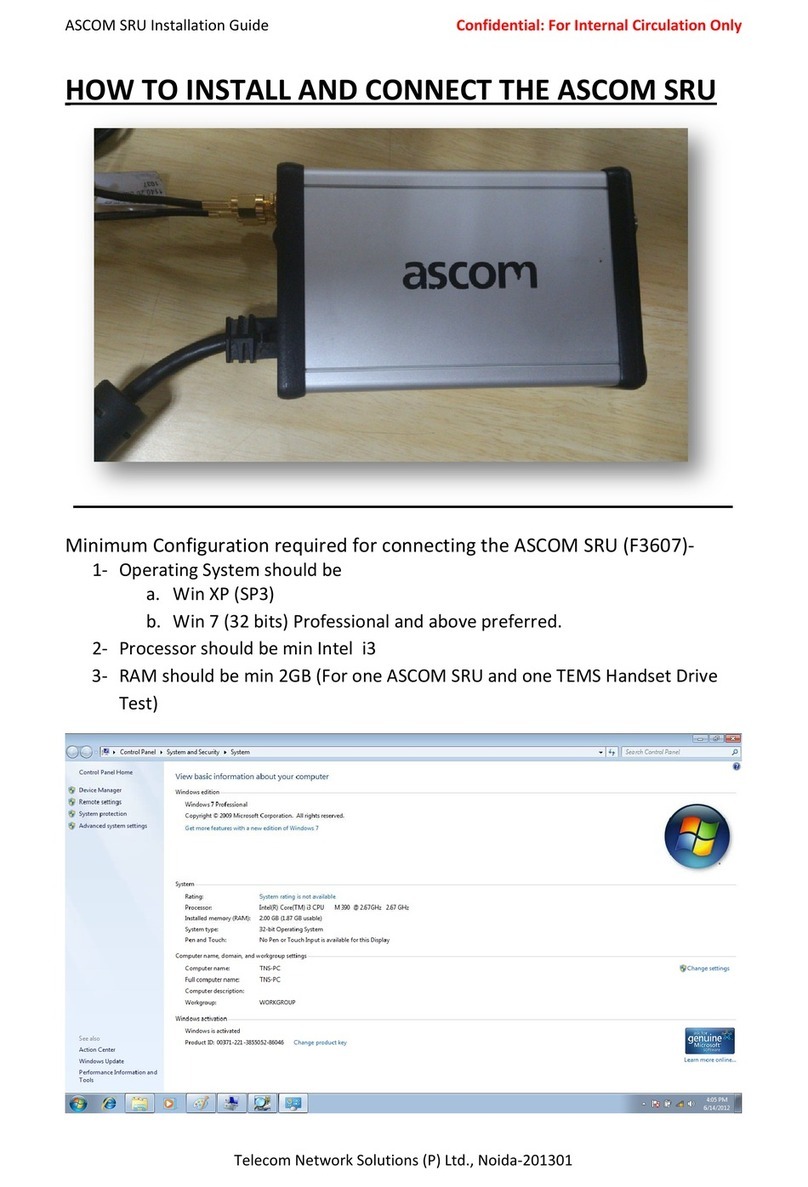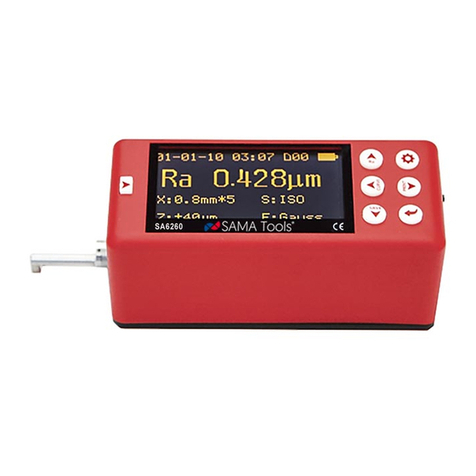Guidelines testing e-bike batteries:
1. Check the internal resistance (Ri), normally 0.0 till 0.2 ohm. If between 0.2 –0.3 ohm
critical. If Ri > 0.3 = rejected. Possible causes when this is higher than 0.3 ohm:
•Battery broken, reduced capacity, failure in case of mountain tours.
•Current set too high for the type of battery, reduce current.
•Bad connection between battery and tester, check cable and connectors.
2. Check Uopen, the open clamping voltage has to approach the charge voltage, normally
0.2V to 1V lower. In case this is lower, leave the battery for 4 hours and recharge.
Possible reasons when this is lower:
•Battery not fully charged.
•Charger is broken (too low end voltage).
•Battery broken, reduced capacity (e.g. because of imbalance in cells)
3. Check Umin. This is the last measured voltage before end of test. One can conclude
from this figure if the battery has been discharged completely. If this is too high, the
battery has not been fully discharged. Possible reasons:
•Discharge current is set too high because of which the tester thermally turns off. Turn
the ‘select’ button in order to resume test (reduce discharge current).
•Cable between battery and tester is disconnected, check cable and resume test.
•Battery broken, reduced capacity (bad cells because of which BMS turns off).
4. Check the capacity, Ah and Wh and compare these tot the battery specifications. When
lower than approx. 70% the battery has been ‘economically’depreciated.
